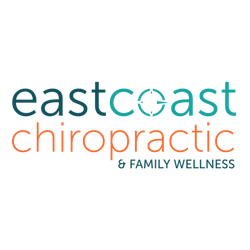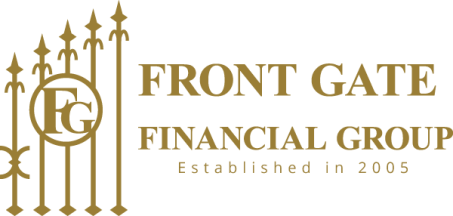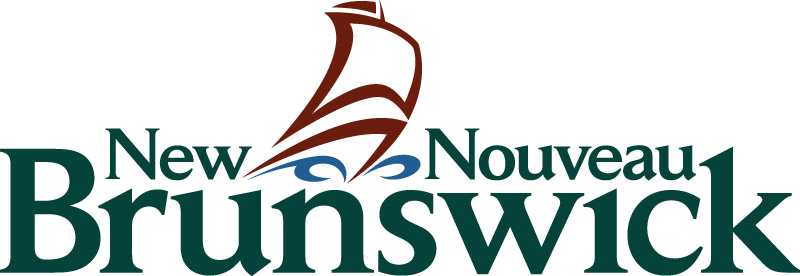From all of the posts I saw on the Mom Talk Facebook group at the start of the year, you obviously have questions about Registered Education Savings Plans (RESPs) – how do they work? Who should you go with? How much money should I invest? What if my child doesn’t go to post secondary education? There is lots of information out there (as well as opinions), so it can get overwhelming. Here is what I hope is an easy to understand guide to the world of RESPs.
Account Types
There are 3 main types of RESPs available:
- Group
- Individual
- Family
Group plans
Typically offered through a non-taxable entity such as a foundation and are administered on an age basis. In layman’s terms, Group RESPs are RESP accounts where the earnings and grants of all the participants are grouped together. The plans are set up by birth year, so if your child was born in 2006, they will be grouped together in a plan with other kids who were also born in 2006. Often times there is a prescribed amount of contributions that have to be made and in the first few years, quite a bit of those contributions go to fees.
Here is a list of some of the companies offering group plans:
- Canadian Scholarship Trust (CST)
- Heritage Education Funds (HEF)
- USC Education Savings Plans Inc (USC)
- Children’s Education Fund (CEF)
- Children’s Education Trust Inc. (CEFI)
*It is important to note, that although we have all heard horror stories, the rules regarding Group RESPs have changed and they are required to disclose more information regarding fees etc. As with anything, just be sure to read the fine print.
Individual and Family plans
I’m going to lump Individual and Family plans together (although for individual plans – the beneficiary doesn’t have to be related by blood or adoption whereas for the Family Plan, they do.) For everything else these 2 plans are managed the same way – you get to decide when, where and how much is contributed to the plan and when and how the money is taken out of the plan. You can apply for an Individual or Family plan at any financial institution. Just make sure that the closer you get to using the funds for your child’s education, the more often you meet with your advisor to make sure you aren’t taking any unnecessary risks with the portfolio within the RESP.
Benefits
Government grants match 20% of your contributions to a lifetime max of $7,200. The yearly max is $2,500.
There are additional benefits for low income families. Some provinces also have additional grants available as well. New Brunswick is not one of these, so I have left this out for now for ease of understanding.
The best way to take advantage of the this, is to set up an automatic payment (PAC) into the RESP. This way it happens in the background and becomes part your regular cashflow. Another great way to maximize your child’s RESP is to give grandparents, aunts, uncles etc. the option to contribute in place of gifts. Just ask your advisor/bank how to make this possible.
Covered Programs
There is a lot of debate and everyone has a story of someone that was denied as they weren’t attending university or college, well the rules now state:
To be eligible to receive an education assistance payment from an RESP, the beneficiary must be enrolled in a qualifying education program.
A qualifying educational program is an educational program at post-secondary school level, that lasts at least three consecutive weeks, and that requires a student to spend no less than 10 hours per-week on courses or work in the program.
A post-secondary educational institution includes:
- a university, college, or other designated educational institution in Canada;
- an educational institution in Canada certified by Employment and Social Development Canada (ESDC) as offering non-credit courses that develop or improve skills in an occupation;
- a university outside Canada that has courses at the post-secondary school level at which the beneficiary was enrolled on a full-time basis in a course of not less than three consecutive weeks; and
- a university, college or other educational institution outside Canada that has courses at post-secondary school level at which a beneficiary was enrolled in a course of not less than 13 consecutive weeks.
Now to address some of the FAQ:
1. What do I need to open an RESP?
In order to open an RESP for your child, you will need their SIN number. If this wasn’t done at birth, you can visit Service Canada to complete the application. Then you just need to talk to your advisor or choose which provider you would like to open one with.
2. How much should I invest?
This varies depending on your unique family circumstances – cash flow, age of children, number of children etc., so unfortunately there is no magic solution. BUT I do want to stress that every little bit counts. For most plans it can be as little as $25/month and you can always increase the amount whenever your cashflow allows for it.
Below are 2 examples to give you an idea of where you could end up depending on the amount you invest:
A) Child age 1. Contributions stop at age 17. $25/month.
16 X 12 X 25 = $4,800
4,800 X 20% = $960 in government grants
Total contributions $5,760
Keep in mind, depending on how you invest the funds, there will be 16 years of growth. For example say over the 16 years, you average a 4% return, you would end up with $8,077.
B) Child age 1. Contributions stop at age 17. $200/month.
16 X 12 X 200 = $38,400
38,400 X 20% = $7,680 ($7,200 Government Grant Lifetime Max)
Total contributions $45,600.
With 4% average growth over 16 years, you would have $64,616 in the RESP at age 17.
3. What happens if my child doesn’t attend post-secondary education?
You are able to get all of your contributions back with no tax implications. The grants are returned to the government and the growth can be moved to your RRSP to lessen the tax implications or taken in cash.
If you have a Family Plan and one child doesn’t attend or doesn’t use all of their RESP savings, that money can be used by the other sibling. This is why I personally prefer Family plans if you have 2 or more children, for this added flexibility.
As always, I’m here to answer any additional questions you might have.
Nicola
FOLLOW ME ON FACEBOOK! | PHONE 506-260-2934 | FAX 506-474-1896 | EMAIL

Nicola Morgan is a Financial Security Advisor with Freedom 55 Financial, a division of London Life. Her passion lies in helping clients reach their financial freedom by creating a tailor-made plan based on personal goals and dreams. She is a proud member of Advocis®, The Financial Advisors Association of Canada and is currently working towards her Certified Financial Planner® designation.
When not focused on clients, Nicola is busy raising a spirited, independent 4-year-old and attempting to absorb every little bit of sunshine she can. Originally from Ontario, Nicola has called Fredericton home since 2008.
This is for information purposes only. Should you require financial advice, or have questions about your specific circumstances, please seek guidance from a financial advisor or accountant.
.png)
.png)



















